Over the last 30+ years working in the community, I’ve learned a great deal about community development. Much of this learning has been hard-earned, but all of it has been incredibly rewarding. In this talk I share some insights that might help explain why things work the way they do – or sometimes, why they don’t.
Let me be clear from the start: I don’t own a magic wand or a dusty old book of spells. These aren’t tricks to manipulate people. Instead, they’re insights that can sometimes work with an almost magical effect, helping you and those you work with understand what’s truly going on in complex community situations.
Many of my favourite “spells” are actually very straightforward ideas, but with a crucial twist that gives them their power. They don’t require arduous training or any particular philosophy to work, and they will work in many different kinds of communities, whether they’re based on geography or shared interests, voluntary societies, or even businesses.
First, “Slocombe’s Clarity,” named after an old friend, Jeremy Slocombe. This spell is built on three straightforward principles: the universe responds to action, individuals respond to love, and crucially, community responds to clarity. The idea is that in challenging community situations, no matter how much effort or love you pour in, clear communication of a well-defined plan is often the most potent catalyst for progress.
My second “spell” is “Woods’ Marvellous Matrix”, derived from the work of academic Michael Woods. This matrix categorises individuals within a community based on their residential status (locals, incomers, pilgrims) and their primary motivation (heritage, communal, performance/action, solitary). This framework helps to understand where support or opposition for initiatives might come from, and how to craft more inclusive solutions that bridge different motivations and statuses within the community. For example, in discussions about affordable housing, residents often showed the most engagement, while debates around wind farms saw heritage and solitary groups opposing, and activists from performance and communal categories supporting.
Finally, “The Fuse” is a “spell” you can cast only on yourself, especially during difficult times. When faced with repeated complaints, instead of simply dismissing them, consider them as a blown fuse. The fuse isn’t the problem; it’s a symptom of a deeper issue in the system. This “spell” encourages you to look beyond the surface complaint to identify and address the underlying problem, which might be something neither you nor the complainant has truly recognised before.
Ultimately, communities can be incredibly rewarding but also challenging. These “spells” are offered as tools to navigate these complexities, fostering a more inclusive and fulfilling community experience. I believe that leadership within a community entails using one’s wealth to support those in poverty, one’s health to assist the sick and disabled, and one’s wisdom to guide those who lack it, even if they’re unaware of the assistance.
We thank the Findhorn Foundation for the use of this video on our website. You can watch more Findhorn Foundation videos here.
You can watch more videos on our website by clicking on the tag ‘videos’, also on the top of this page, or by going to our YouTube channel.
This talk was given at a TEDx event using the TED conference format but independently organised by the Findhorn community. Learn more at http://ted.com/tedx.




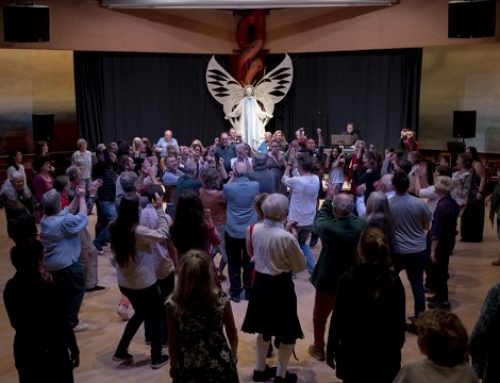
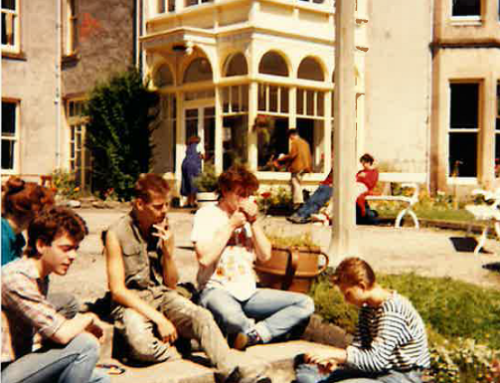
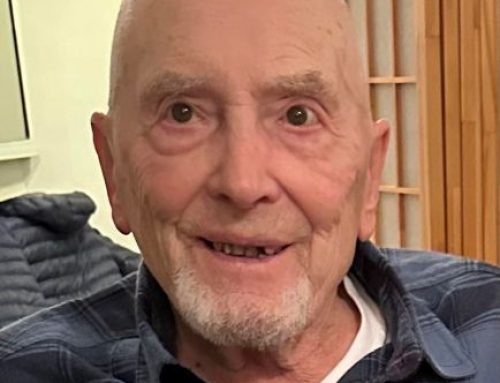
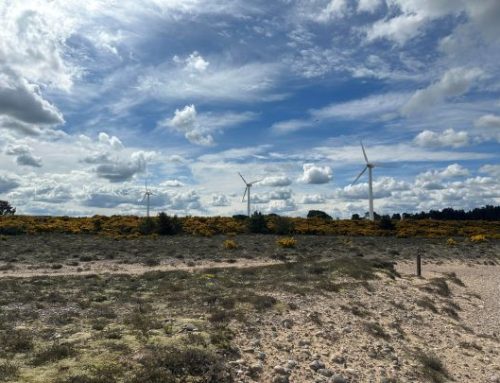
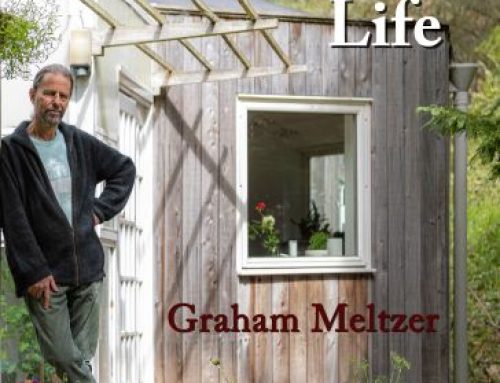



Leave A Comment